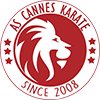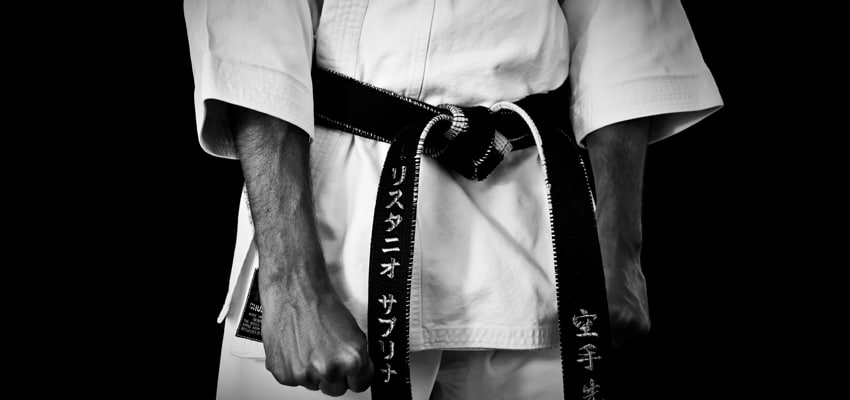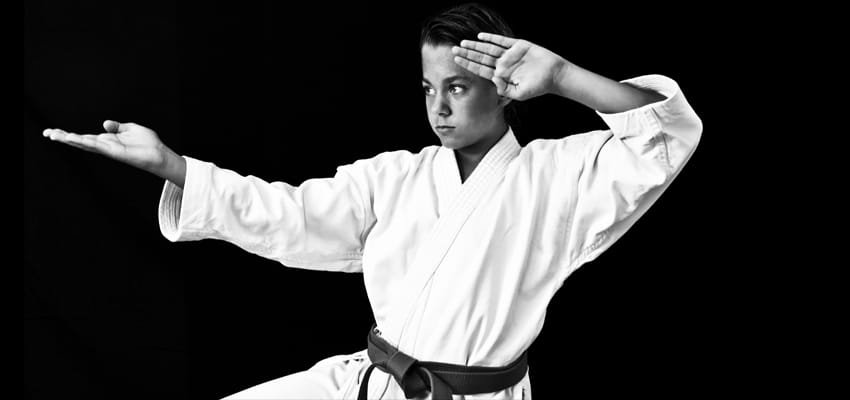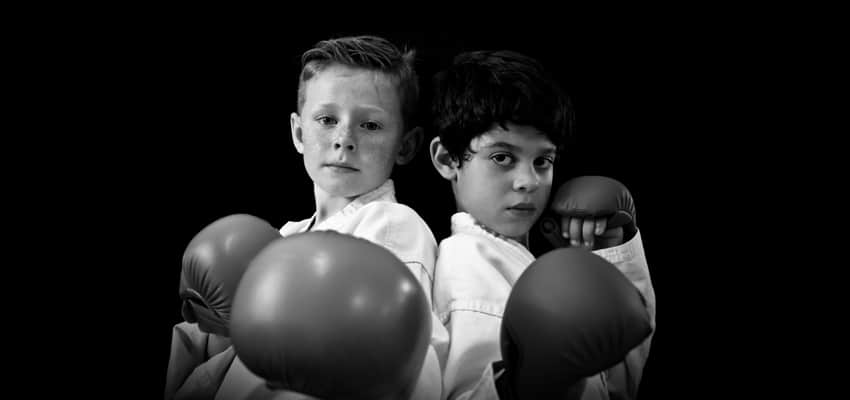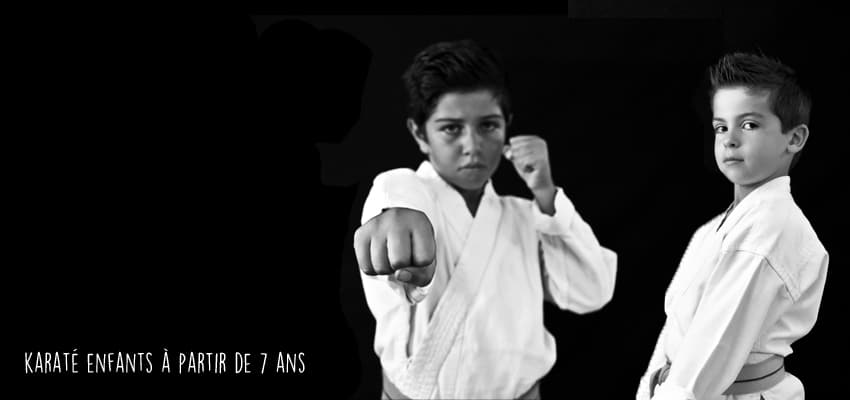Course details
Karate is based on percussion techniques using different parts of the body as natural weapons (fingers, open and closed hands, forearms, feet, shins, elbows, knees, head, shoulders, etc.) to block enemy attacks and/or attack.
The techniques include blocks, dodges, scans, projections and keys.
Shades of technical content are relatively marked according to style (shorin ryu, shotokan, shotokai, wado-ryu, shito-ryu, goju-ryu…).
To acquire the mastery of these techniques in combat, the teaching includes three complementary fields of study:
The kihon (which means “basic technique”) consists in repeating techniques, positions and movements individually and most of the time in groups. Practiced with a partner in a codified way, we speak then of kihon-kumite.
The kata (which means “form”) is a codified and structured sequence of techniques, representing a real fight against several virtual assailants almost simultaneously, with the goal of forming the body, acquiring automatisms and transmitting “secret” techniques. Kata goes beyond the purely technical aspect by allowing the practitioner, after many rehearsals, to strive for perfection in movement.
The last domain is kumite or fight (in fact, the real purpose of karate). Literally it means “grouping hands”, i.e. working in a group and no longer alone. This notion of kumite can take many forms in karate from the most codified to the most free. The fight can be pre-defined (kihon-kumite), fixed to a specific number of attacks, called flexible or free (jiy? kumite).
Professeur
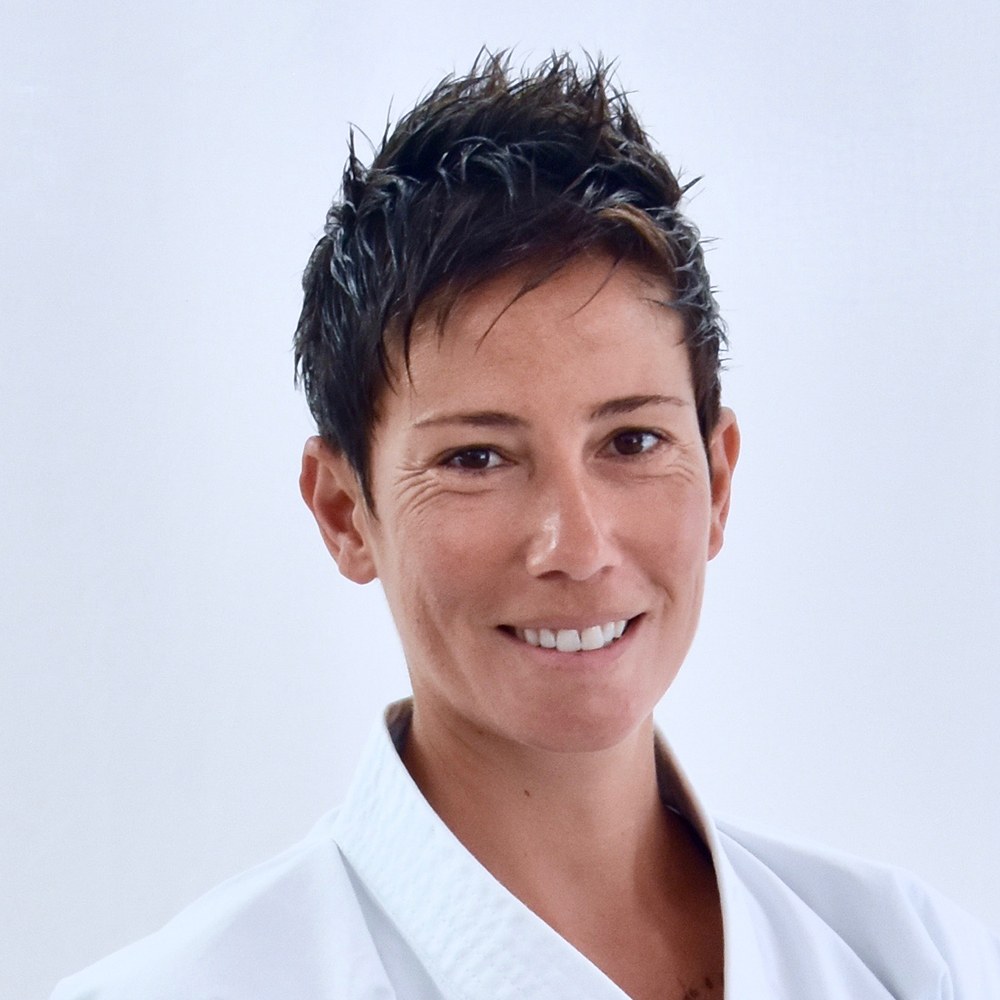
Sabrina Ristagno
Professeur diplômée d'Etat, 5ème danLangues parlées : anglais, italien
En savoir plus